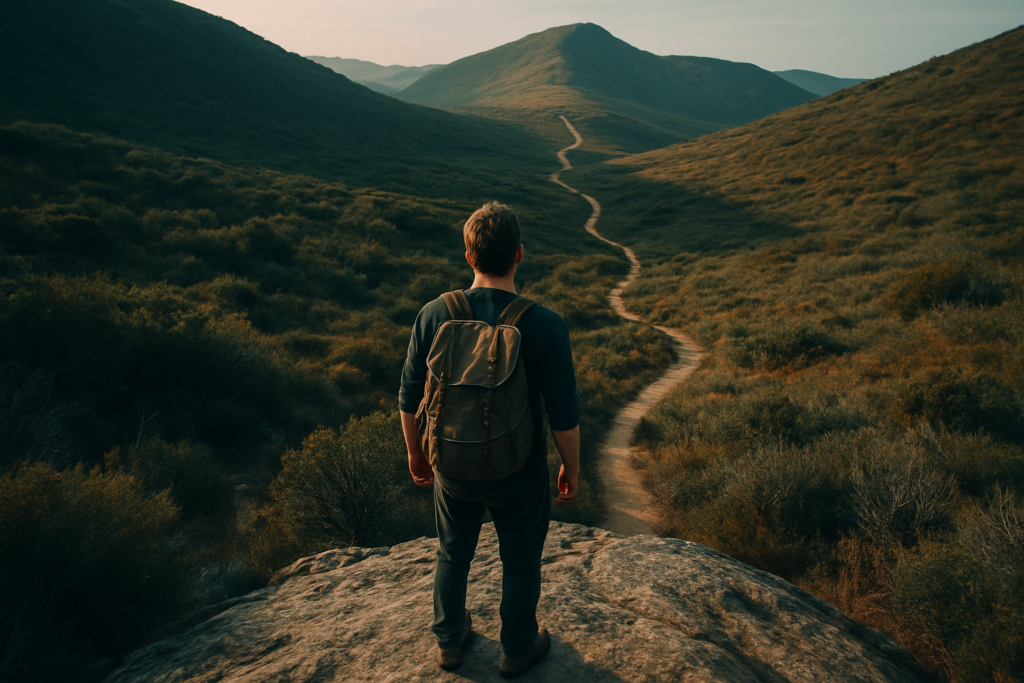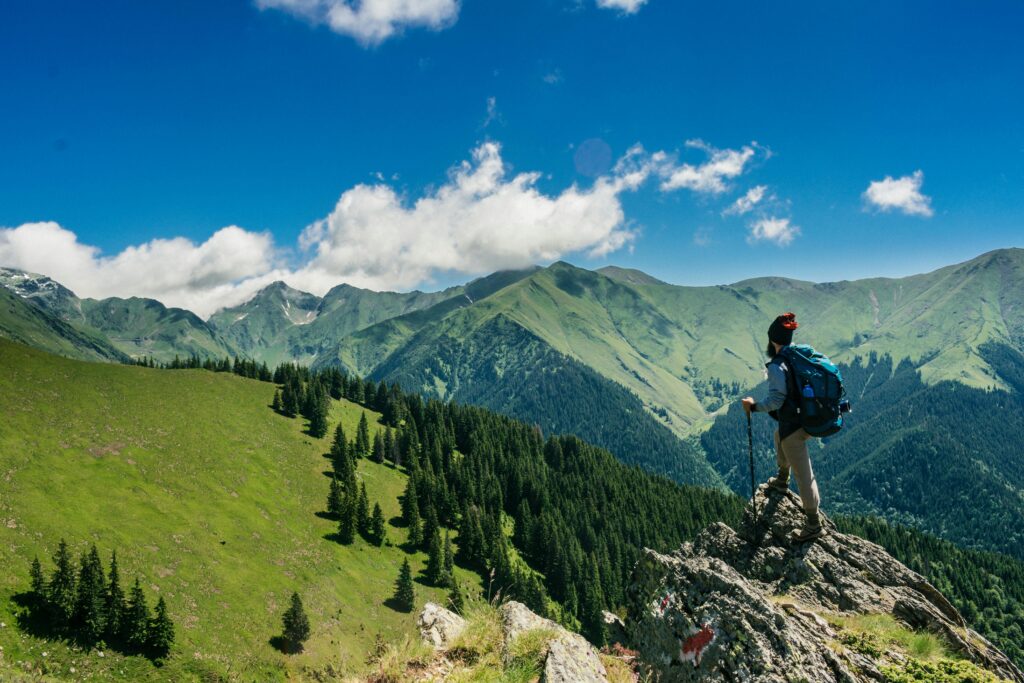Why Seek Out Hidden Trails
Crowded trails are the new parking lots loud, packed, and stripped of the wilderness they promise. It’s harder than ever to find quiet. And that’s exactly why it matters more.
Hidden trails offer more than just emptier paths. They offer stillness. Move beyond the main corridors and you’ll see wildlife acting like you aren’t there bears turning stones, elk grazing unbothered, hawks circling over landscapes they still claim as home. The terrain stays raw. The silence is real.
But in 2024, the word “hidden” is tricky. With GPS, apps, and hashtags, almost nothing is truly unknown. What hidden means now is effort. These trails don’t show up on the first page of AllTrails. You get there from a ranger tip, a folded paper map, or a half whispered name passed over campfire smoke.
Choosing solitude is choosing presence. Fewer people means fewer distractions. You don’t check your phone. You pay attention to your footing, the light, your breathing. That clarity you can’t find in the city it lives out there, at the end of the trail no one’s talking about.
Trail Picks That Deliver Real Solitude
Alpine Ridge (Northern Cascades, WA): remote, steep, and insanely scenic
Think vertical grind with jaw dropping payoff. This stretch cuts through rugged alpine wilderness expect thin air, glacier views, and switchbacks that don’t care how tired you are. It’s quiet, untamed, and brutal in that way hikers secretly love. Skip midsummer when the paths get dusty; late spring snowmelt turns the whole place into a living postcard.
Ghost Pine Loop (San Juan Mountains, CO): forest immersion, zero foot traffic
This one doesn’t show up on many lists, and that’s a good thing. Soft inclines weave through dense pine forests, and the silence almost hums. One shallow river crossing keeps things interesting, but it’s the lack of people that seals the deal. Wear trail runners that grip well on loose dirt, and bring layers the temperature swings hard as the trees thin.
Cathedral Pass Forgotten Spur (Wind River Range, WY): brutal but worth it
The name fits. It’s isolated, barely marked, and hits the legs like a sledgehammer. But make it to the crest, and the lake views below are straight from fantasy. Perfect if you want complete solitude and don’t mind working for it. It’s not beginner friendly but if you know your limits and pack smart, the payoff is unforgettable. For more like this, check out: trails for seasoned hikers
How to Scout Your Own Hidden Gems

Finding an off the radar trail isn’t just about luck it’s about knowing where (and how) to look. With digital maps becoming more common, relying on popular hiking apps alone can lead to the same overcrowded destinations everyone else is heading to. Here’s how to go off the grid, responsibly and effectively.
Learn to Read Topographic Maps
Apps are helpful but topo maps give you the bigger picture. They don’t just show you where a trail is; they show you why a trail might be hidden, challenging, or spectacular.
Use contour lines to spot elevation gains and valleys
Identify ridgelines, water sources, and shelter options
Cross reference with satellite imagery to spot unofficial trails or openings
Taking time to learn topo reading can uncover entire routes that simply don’t get touched by casual hikers glued to alltrails results.
Speak with Rangers, Not Just the Internet
Forums and social media are often a highlight reel and rarely updated. If you’re serious about solitude, on the ground advice is gold.
Local rangers know real time trail conditions, closures, and seasonal hazards
They’ll often recommend less publicized routes that won’t show up in a Google search
They understand the ethics of local ecosystems better than most online communities
Before your next hike, call the visitor center or ranger station. It’s a small step that can completely reshape your route.
Off Grid Trail Etiquette to Keep in Mind
When you head where few do, your responsibility grows. Solitude doesn’t cancel out stewardship.
Always follow Leave No Trace principles carry out everything you bring in
Stay on durable surfaces where possible, even if the trail disappears
Avoid sharing exact locations online to protect fragile areas
Let someone know your plans, and ensure you have a way to signal in emergencies
Real wilderness wandering begins where trail guides stop and that freedom comes with a quiet code of respect.
What You’ll Need (Besides Courage)
Hidden trails come with fewer people and fewer safety nets. If you’re heading somewhere remote, you don’t get to rely on cell reception or good luck. Here’s what experienced solitude seekers pack every time.
First up: a GPS beacon. No matter how analog your vibe, a digital lifeline is mandatory. It could save your life, or at least your weekend. Next, a water filter. Forget hauling gallons just make sure you can pull clean water from streams or lakes. Weather flips fast in the wild, so pack layers that shed moisture and seal in warmth. And don’t leave trash behind. A tight minimal waste kit (think reusables, compostables, and sealable bags) keeps your presence light.
Physical prep is non negotiable. A five mile hike sounds doable until you realize it’s five miles straight up. Check the elevation gain before you lace your boots. Muscle conditioning and trail specific training beat raw endurance. Your calves should complain in advance, not halfway up a ridge.
Thinking of pushing your limits? Great. Just know what you’re signing up for. See this breakdown of trails for seasoned hikers. Some of these routes are brutal but unforgettable.
Pack smart. Train smarter. And don’t mistake ‘hidden’ for ‘easy.’
Stick to the Quiet Path
It’s not just the views it’s the silence, the space, the feeling that for a few miles, the world is just yours. Less traveled trails hit different. The memory of wind through untouched pines or sunrise over an empty alpine lake burns in sharper. When no one else is around, small things feel bigger: the crunch of boots on dry earth, the first glimpse of a clearing, even your own heartbeat.
That’s part of why these places stick with you. They’re harder to find, harder to reach and in that effort, something personal stays behind. But here’s the tradeoff: if we want these quiet places to stay wild, we don’t shout about them. We keep some details vague. We leave no trash, no etchings, no extra footprints. No one should know we were there, except the trail itself.
Keep the GPS coordinates to yourself. Take only photos. And if a spot truly moves you, maybe don’t post it at all. The fewer people who know, the longer the magic lasts.




